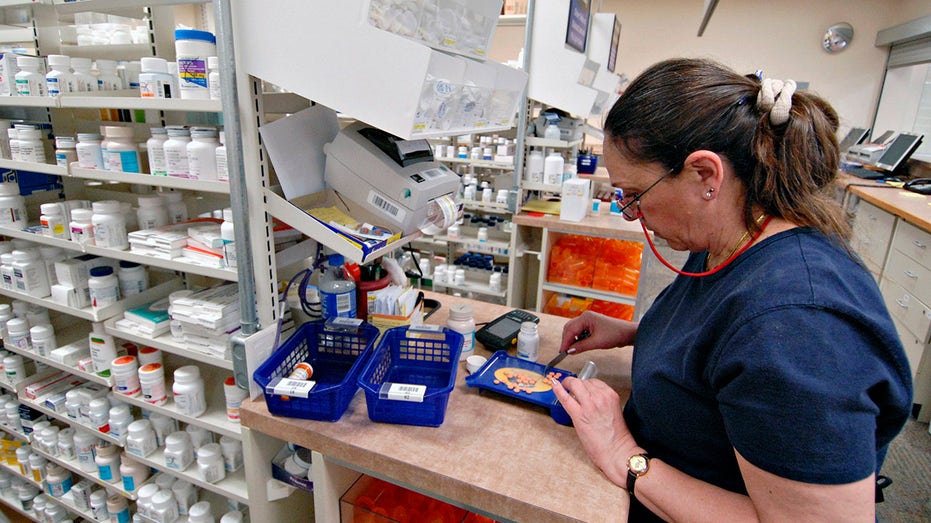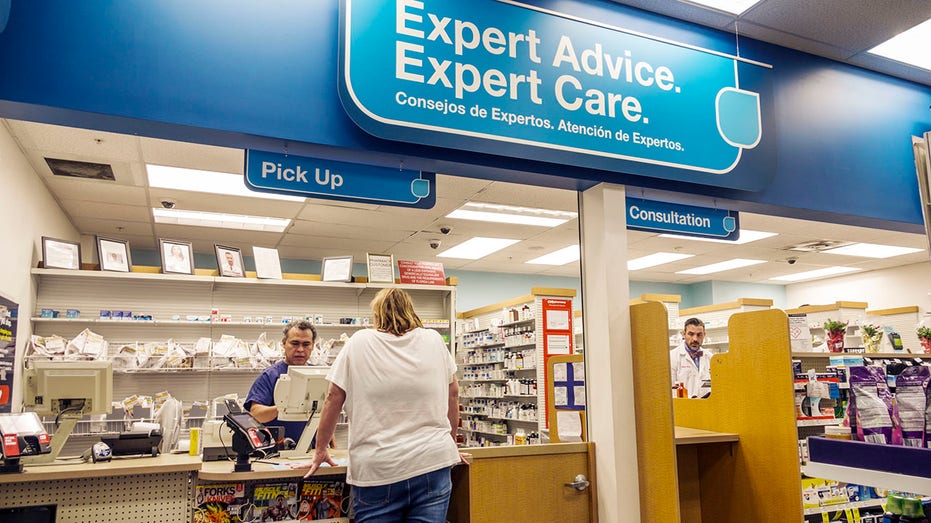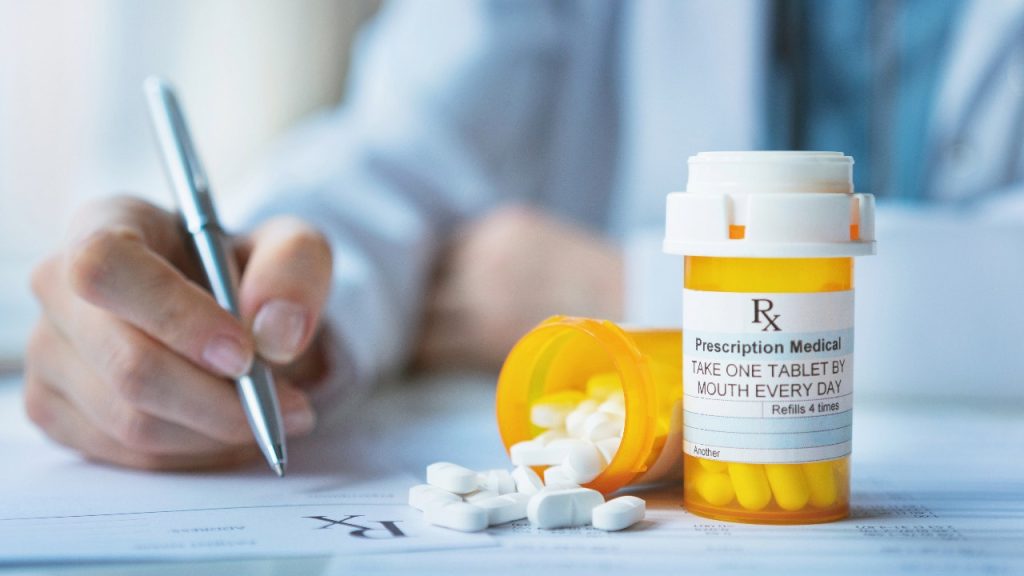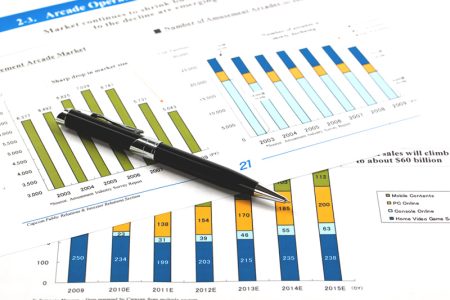The Biden administration on Tuesday released a list of the first 10 prescription medications that will be subject to price negotiations with Medicare, in an effort to lower the cost of pharmaceutical drugs for older Americans.
The drugs were selected by the Centers for Medicare & Medicaid Services (CMS) to help lower the financial burden for millions of patients who are 65 years and older. The list includes Merck’s diabetes drug Januvia, Johnson & Johnson’s blood thinner Xarelto, as well as Pfizer and Bristol Myers Squibb’s blood thinner Eliquis.
It’s a move that’s getting pushback in court by the pharmaceutical industry.
| Ticker | Security | Last | Change | Change % |
|---|---|---|---|---|
| MRK | MERCK & CO. INC. | 110.21 | +0.22 | +0.20% |
| JNJ | JOHNSON & JOHNSON | 163.74 | -0.54 | -0.33% |
| PFE | PFIZER INC. | 35.91 | -0.24 | -0.66% |
| BMY | BRISTOL MYERS SQUIBB CO. | 62.37 | -0.48 | -0.76% |
Medicare was given the authority to set lower prices on selected covered high-expenditure drugs under the Inflation Reduction Act, which was signed into law in 2022. Those prices wouldn’t take effect until 2026.
MEDICARE: THESE MEDICATIONS COULD BE SUBJECT TO PRICE CONTROLS
While the Inflation Reduction Act refers to “negotiation,” the text of the legislation allows the CMS to set a “maximum fair price” for a drug. The pharmaceutical company then must “enter into agreement” for the price. If they do not, the government will assess a daily excise tax on every drug sold over the “maximum fair price.”

CMS Administrator Chiquita Brooks-LaSure said the goal “is to improve access to some of the costliest drugs for millions of people with Medicare while driving competition and innovation.”
The 10 drugs on the list cost seniors a total of $3.4 billion in out-of-pocket costs in 2022, according to the Biden administration. It noted Tuesday that three in 10 Americans struggle to afford the high cost of their medications.
ZERO-PREMIUM MEDICARE ADVANTAGE PLANS: WHAT TO KNOW
Over the next four years, Medicare will work to set prices for up to 60 drugs covered under Medicare Part D and Part B, and up to an additional 20 drugs every year after that, according to the administration.

The U.S. Chamber of Commerce and several drugmakers, including Bristol Myers Squibb, Johnson & Johnson, and Merck, have sued the federal government over the program. Merck called the program a “sham.”
Here are the 10 drugs on the list:
- Eliquis: Prevention and treatment of blood clots
- Jardiance: Diabetes, heart failure
- Xarelto: Prevention and treatment of blood clots; Reduction of risk for patients with coronary or peripheral artery disease
- Januvia: Diabetes
- Farxiga: Diabetes, heart failure, chronic kidney disease
- Entresto: Heart failure
- Enbrel: Rheumatoid arthritis; Psoriasis; Psoriatic arthritis
- Imbruvica: Blood cancers
- Stelara: Psoriasis; Psoriatic arthritis; Crohn’s disease; Ulcerative colitis
- Fiasp; Fiasp FlexTouch; Fiasp PenFill; NovoLog; NovoLog FlexPen; NovoLog PenFill: Diabetes
Read the full article here













